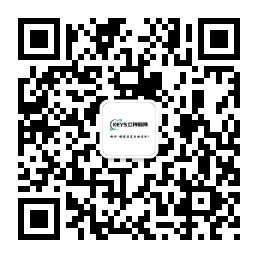The UN38.3 test is a mandatory inspection carried out to ensure that lithium batteries can be safely transported by air and sea. The Civil Aviation Administration has issued the "Specifications for the Air Transport of Lithium Batteries" to various air transport companies, clearly requiring that lithium batteries must pass the UN38.3 test conducted by a CNAS-accredited laboratory before air and sea transportation. Airlines must receive the UN38.3 compliance report and transportation appraisal certificate of lithium batteries before accepting and transporting the lithium batteries.
I. Scope of Products for UN38.3 Certification
A. Various lead-acid batteries (such as lead-acid batteries for automotive starting, stationary lead-acid batteries, small valve-regulated sealed lead-acid batteries, etc.)
B. Various power secondary batteries (such as power vehicle batteries, electric road vehicle batteries, power tool batteries, hybrid vehicle batteries, etc.)
C. Various mobile phone batteries (such as lithium-ion batteries, lithium polymer batteries, nickel-metal hydride batteries, etc.)
D. Various small secondary batteries (such as laptop batteries, digital camera batteries, camcorder batteries, various cylindrical batteries, wireless communication batteries, portable DVD batteries, CD and MP3 player batteries, etc.)
E. Various primary batteries (such as alkaline zinc-manganese batteries, lithium-manganese batteries, etc.)
II. Test Items
T.1 Altitude Simulation Test
Under the conditions of pressure ≤ 11.6kPa and temperature 20±5℃, store for more than 6 hours. There should be no leakage, gas emission, disintegration, rupture or combustion.
T.2 Thermal Test
Conduct high and low temperature shock tests at 72±2℃ and -40±2℃. The storage time at the extreme temperatures should be ≥ 6h, the conversion time between high and low temperatures should be ≤ 30min, conduct 10 shocks, store at room temperature (20±5℃) for 24h, and the total test time is at least one week.
T.3 Vibration Test
Complete a reciprocating logarithmic sweep sine vibration from 7Hz to 200Hz within 15 minutes, and complete 12 vibrations in three dimensions within 3 hours; the logarithmic sweep is: start from 7Hz and maintain a maximum acceleration of 1gn until the frequency reaches 18Hz. Then maintain the amplitude at 0.8mm (total offset 1.6mm) and increase the frequency until the maximum acceleration reaches 8gn (the frequency is approximately 50Hz). Maintain the maximum acceleration at 8gn until the frequency increases to 200Hz.
T.4 Shock Test
150g, 6ms or 50g, 11ms half-sine shock, conduct 3 times in each installation direction, a total of 18 times;
T.5 External Short Circuit Test
Short circuit under the conditions of 55±2℃ and external resistance < 0.1Ω, and the short circuit time lasts until 1 hour after the battery temperature returns to 55±2℃.
T.6 Crash Test
A 9.1kg heavy object falls from a height of 61±2.5cm onto the battery placed on a 15.8mm round bar, and detect the surface temperature of the battery.
T.7 Overcharge Test
Under the conditions of 2 times the maximum continuous charging current and 2 times the maximum charging voltage, overcharge the battery for 24 hours.
T.8 Forced Discharge Test
Connect the battery in series to a 12V DC power supply and perform forced discharge with the maximum discharge current.
III. Materials Required for UN38.3 Certification
A. 37 samples (37 battery cells, 8 power batteries or battery packs);
B. Fill in the consignment form, and the documents that need to be signed and sealed;
C. Provide the battery specification sheet, photos of the outer packaging box (including inner and outer packaging), and photos of the equipment (please refer to the photo template for the photographing requirements);
D. The outer packaging box needs to be photographed after pasting the lithium battery operation label.
